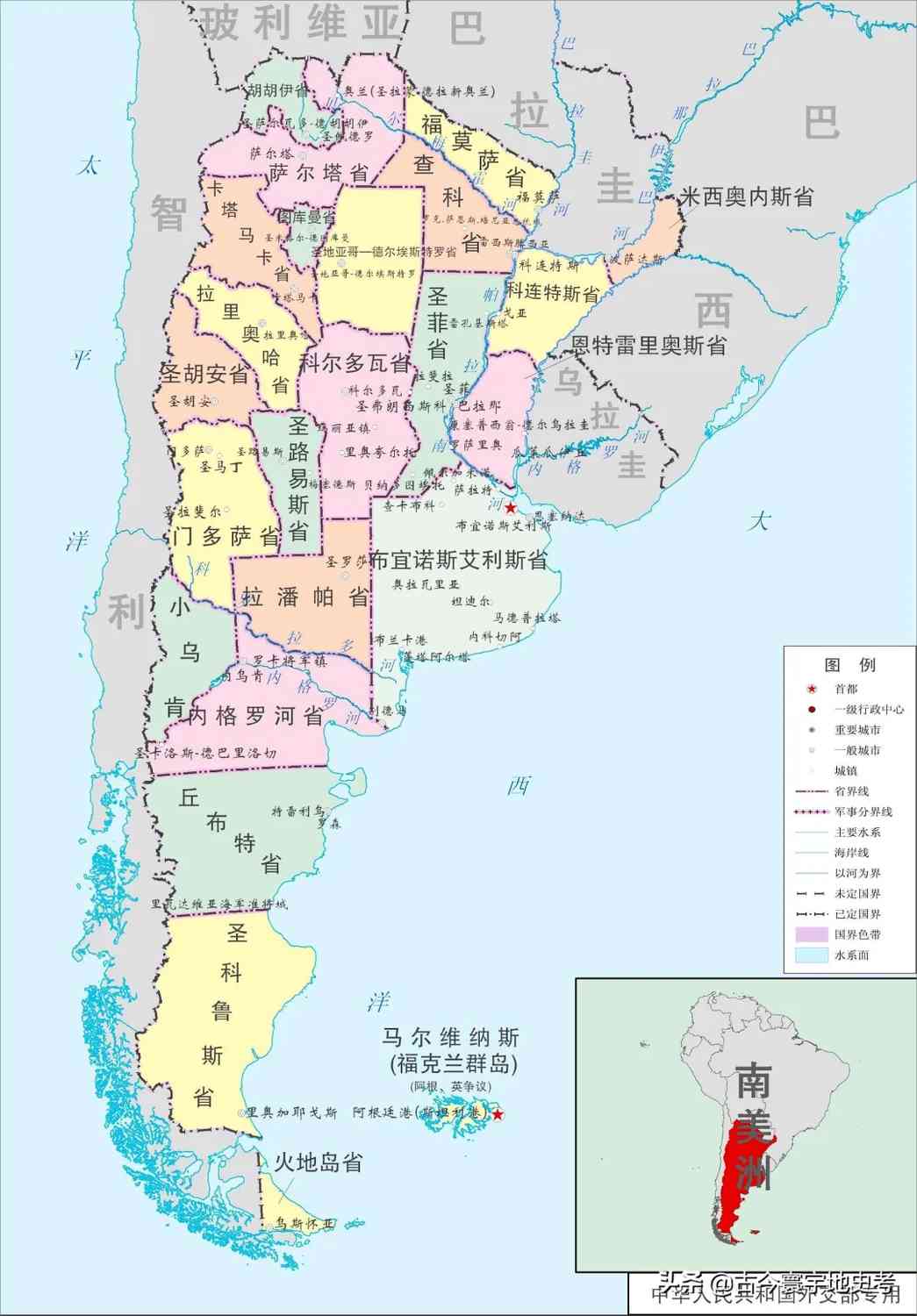Discover the Unique Cultures of Argentina’s Provinces in Part 2
2. Buenos Aires Province
Capital: La Plata
Located in the central-eastern part of Argentina, it covers a total area of 307,600 square kilometers with a population of over 16 million. It is one of the most important grain and oilseed crop production areas in the country, and is also known for high-quality beef, wine, fruits, vegetables, and dairy products.

The province has a well-developed education system, with 52 public and private universities, making it the province with the highest educational level in Argentina. Its culture is characterized by European immigrant traditions, mainly from Spanish immigrants.
City Introduction – La Plata: La Plata is the capital of Buenos Aires Province, located on the southern bank of the Río de la Plata estuary, on the Atlantic coast of eastern Argentina, 56 kilometers northwest of the capital, Buenos Aires. Attractions include ① La Plata Cathedral: A neo-Gothic style cathedral, modeled after the Amiens Cathedral and Cologne Cathedral, it is the tallest church in the Americas.
② Teatro Argentino: An important cultural performance venue in La Plata, with a unique architectural style, it frequently hosts various concerts and other cultural events, making it a great place to enjoy Argentine artistic performances. ③ La Plata Museum of Natural Sciences: One of the early established famous museums in Latin America, it exhibits natural minerals and primitive flora and fauna specimens from the Americas, especially South America.
④ Estadio Ciudad de La Plata: Built in 1997 and officially opened in 2003, it is the home stadium of the Estudiantes de La Plata football club, with a capacity of 53,000 people.
– Mar del Plata: Located in the eastern part of Buenos Aires Province, Argentina, the city covers an area of 79.48 km². It has a mild and pleasant climate, with an average annual temperature of 14°C. Originally a fishing village, the construction of a meat salting factory began in 1857, the town was founded in 1874, and it was granted city status in 1907.
Attractions include ① Playa Grande: One of the longest beaches in Mar del Plata. ② Mar del Plata Cathedral: A magnificent religious building, not only an important site for local religious activities but also attracting many tourists. ③ Puerto de Mar del Plata: An important transportation hub and commercial center of the city.
– Bahía Blanca: Bahía Blanca is an important port city in eastern Argentina, located in the southeastern part of Buenos Aires Province, with a subtropical monsoon climate. The name of the city means “White Bay.” Attractions include ① Bahía Blanca Beach: Named for its white appearance due to the natural salt that covers the beach year-round.
② San Nicolás Church: A landmark religious building that carries the religious beliefs and cultural traditions of the locals. ③ Port of Bahía Blanca: An important port in Argentina.

